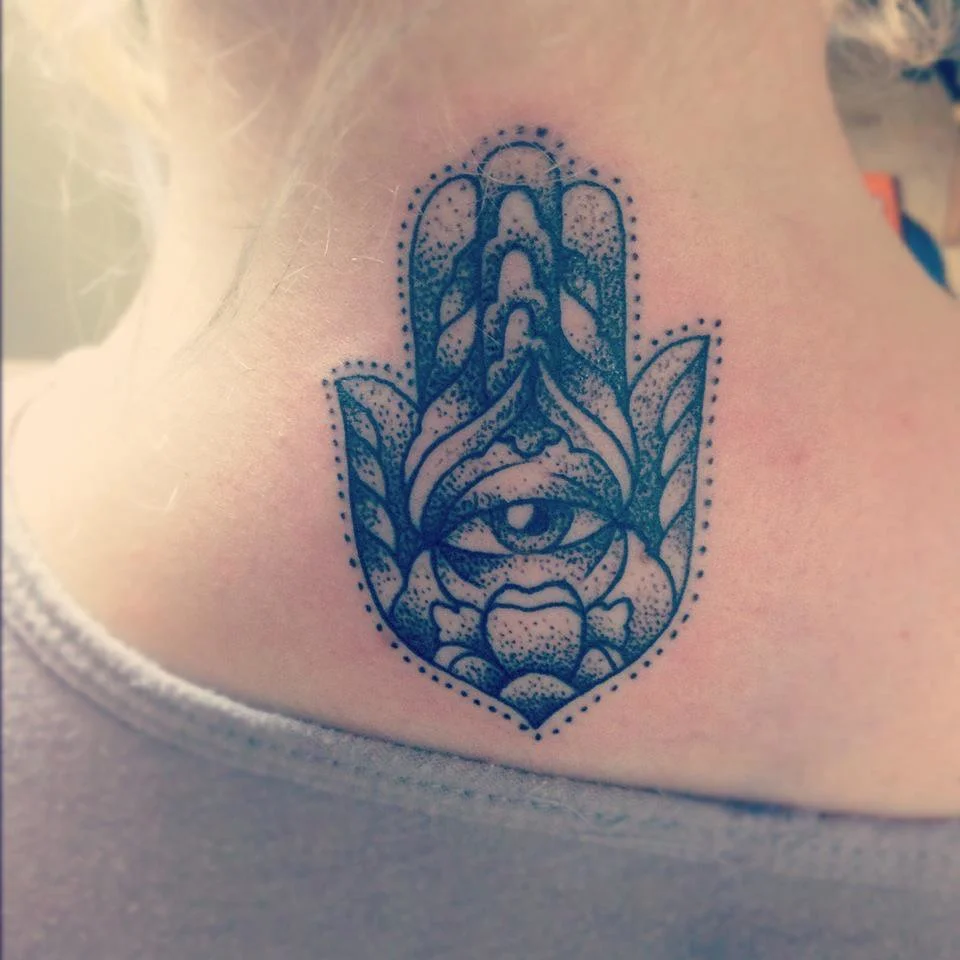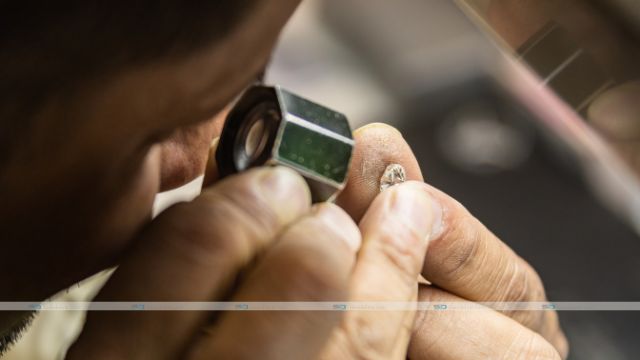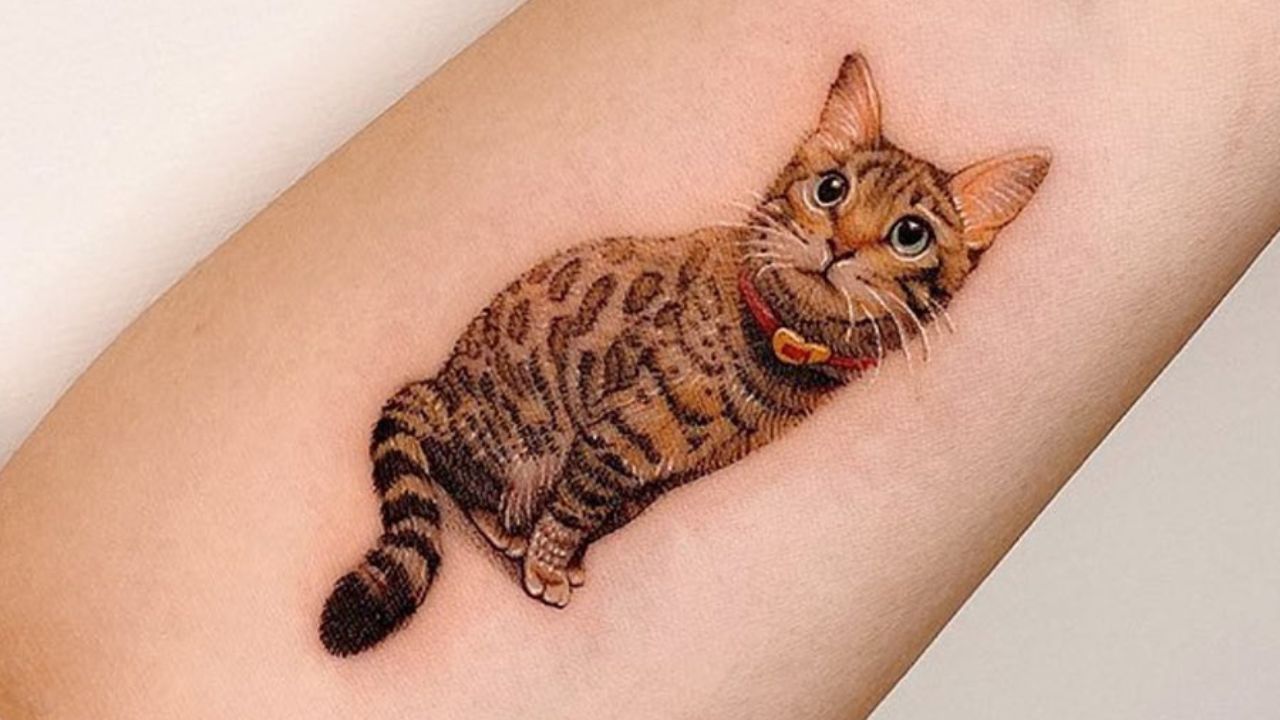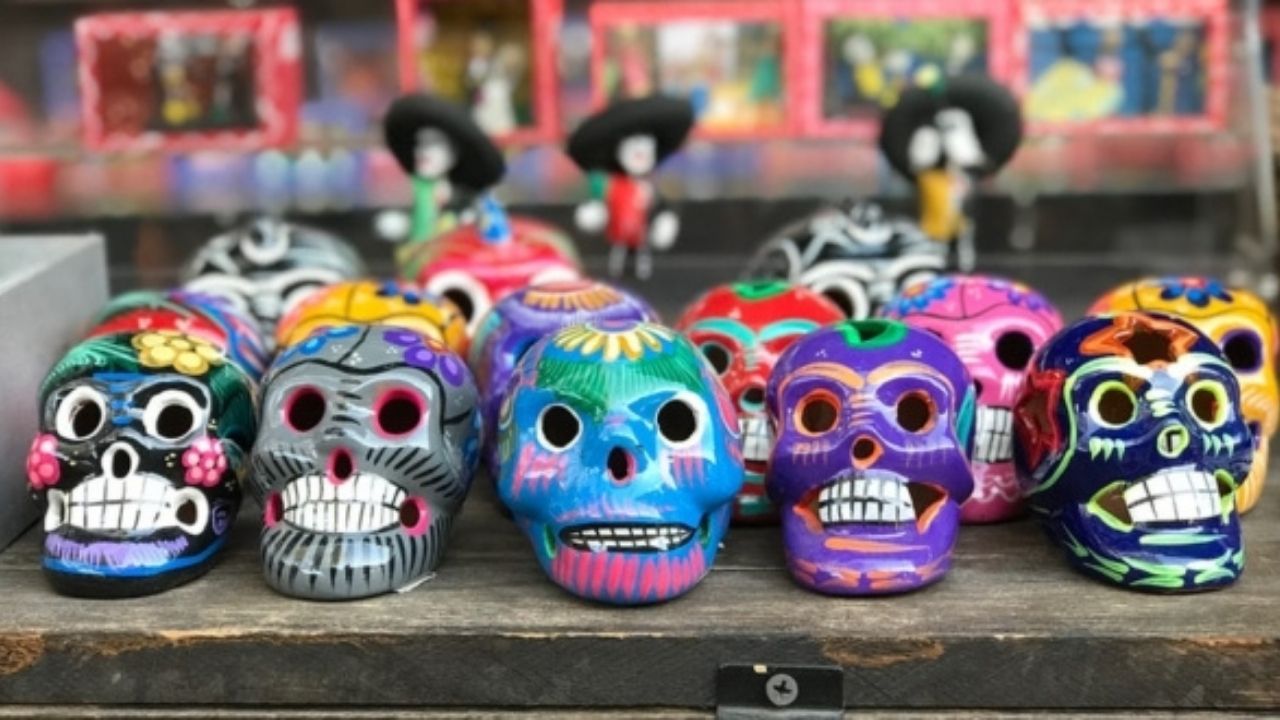You’ve seen these uniquely shaped symbols on pendants carried by Jewish women or displayed in Judaica stores.
This symbol of an eye fixed in the palm of an open hand has had many other names throughout the ages. It constitutes the eye of Fatima, the hand of Fatima, and the hand of Miriam. The pattern is sometimes made naturally and symmetrically, with a second thumb replacing the little finger.
Scholars have variously interpreted the Hamsa as a Jewish, Christian, or Islamic amulet and a pagan fertility totem. Yet even as the magical form lives shrouded in mystery and scholars debate almost every aspect of its emergence, it is known today as a kabbalistic amulet and a vital representation in Jewish art.
Origins of Hamsa
As the references to Mohammed’s daughter, Fatima, and Miriam (Moses’ sister) suggest, the amulet carries significance to Jews and Muslims. One of the most pre-eminent early appearances of the Hamsa is the picture of a wide-open hand on the Puerta Judiciaria (Gate of Judgment) of the Alhambra, a 14th-century Islamic stronghold in southern Spain.
The Alhambra hand of Fatima resembles to draw upon the Arabic word “khamsa,” which suggests “five,” a number that itself is recognized with fighting the Evil Eye. The Alhambra motif and other Spanish and Moorish hand images hint at the five pillars of Islam: pilgrimage, faith, fasting, prayer, and tax, in the hand’s five fingers.
Fatima’s hand grew to be a symbol of faith after her partner Ali came home with a new woman one day. Fatima, who at the time had been preparing food, dropped the soup ladle she had been working with. Yet she was so preoccupied with the latest arrival that she continued stirring using her bare hand, hardly noticing that she was hurting herself.
Jewish Beliefs About Hamsas
The symbol of the hand appears in Kabbalistic manuscripts and amulets, the first letter of the holy name Shaddai. This imaging of the human hand over the sacred word and hand might have affected building a bridge between the worshipper and God.
The Hamsa Today
The recent renewal of interest in Kabbalah, partly due to celebrities’ efforts, including Madonna, Brittany Spears, and Demi Moore, has brought a new public for kabbalah ornaments, including Hamsas.
Hamsas can be bought today in Judaica stores worldwide, and even though companies like Sears and Saks Fifth Avenue. Many people hover them in their houses, and it’s not unusual to see them hanging from the rear-view mirrors of taxis and vehicles.
In addition to appearing on accessories and wall hangings, Hamsas can be seen on mezuzahs, bracelets, pendants, bookmarks, key chains, and candlesticks.
Modern Jewish artists utilize the Hamsa form, and some, like Mark Podwal, are gaining a large public for their craft.
Hamsas still play a part in Sephardic rituals today. While the henna ceremony, when brides are adorned in preparation for their wedding, brides may carry a Hamsa around their neckline to ward off the Evil Eye.
Even as the Hamsa is now affiliated with kabbalah, Israel, and Judaism, it is possibly the symbol’s mysterious elements and superstitions that attract celebrities and everyday people alike.
Also check – https://tattoosluv.com/palm-tattoo/




